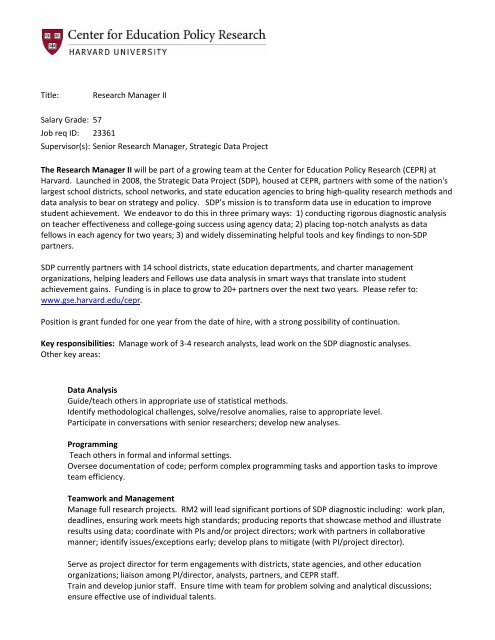

There were no other significant demographic differences in the odds of being in each vaccination intention category ( Table 2). Hispanic respondents had significantly increased odds of being hesitant (OR, 2.06 95% CI, 1.14-3.76 P = .02) and significantly decreased odds of being resistant (OR, 0.52 95% CI, 0.28-0.87 P = .04) in response to the FDA approval. Non-Hispanic Black respondents had significantly increased odds of being acceptant in response to the FDA approval (OR, 2.64 95% CI, 1.14-6.11 P = .02). Table 1 presents results for each response option. Few respondents (45 ) were in the acceptant group the remaining respondents were split between the hesitant (244 respondents ) and resistant (224 ) groups. Table 1 presents characteristics for the 516 respondents who still had not received a COVID-19 vaccine dose at the time of survey completion.

Unweighted analyses are reported herein.Īmong 535 respondents, 19 (3.6%) reported receiving their first COVID-19 vaccine dose after August 23, 2021. Significance testing was 2-sided P < .05 indicated statistical significance. Odds ratios (ORs) from logistic regressions were computed using Stata, version 14.2 (StataCorp LLC), with vaccination groups as dependent measures and gender, age, race and ethnicity, educational level, census region, 6 and urbanicity or rurality 5 as risk factors. Resistant: Definitely not getting vaccinated or “only if mandated” responses Hesitant: Continuing to wait for more safety or efficacy data, or “unsure” responses Based on their response, respondents were categorized into 1 of 3 vaccine-intention groups (coded as 3 dummy variables):Īcceptant: Getting vaccinated as soon as possible responses The primary outcome was stated COVID-19 vaccination intentions in response to FDA approval (response options provided in Table 1). 4 We followed portions of the American Association for Public Opinion Research ( AAPOR) and Strengthening the Reporting of Observational Studies in Epidemiology ( STROBE) reporting guidelines. This activity was reviewed and approved by the University of Iowa Institutional Review Board and the Centers for Disease Control and Prevention (CDC) and complied with applicable federal law and CDC policy. Dynata’s sampling algorithm routed potentially eligible panelists to our survey until all quotas were achieved. We used Dynata’s Consumer Research Panel and quota-based sampling for self-reported gender, age, and race and ethnicity to recruit a sample reflecting national distributions of these demographic characteristics for unvaccinated Americans.
Harvard download stata full#


 0 kommentar(er)
0 kommentar(er)
